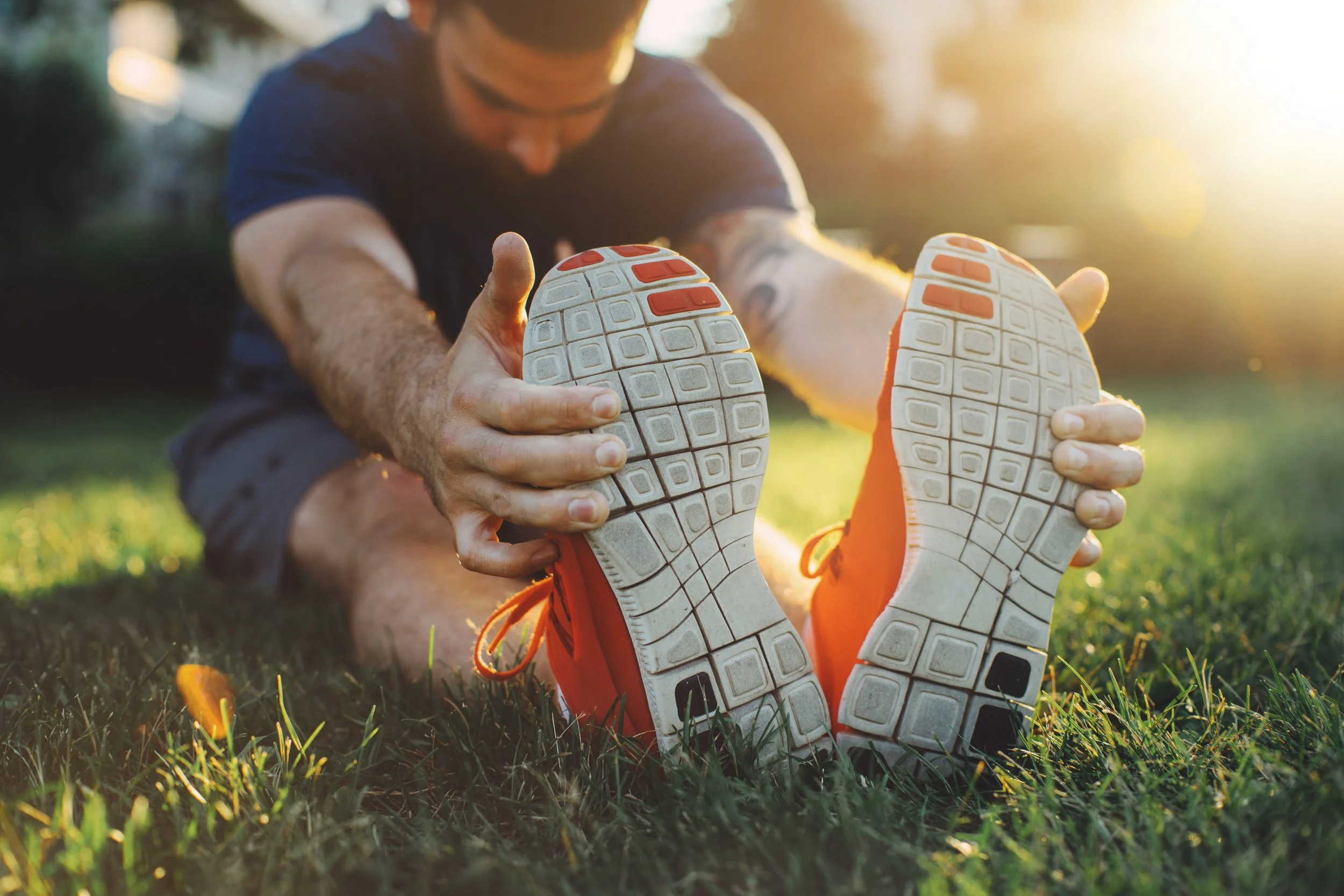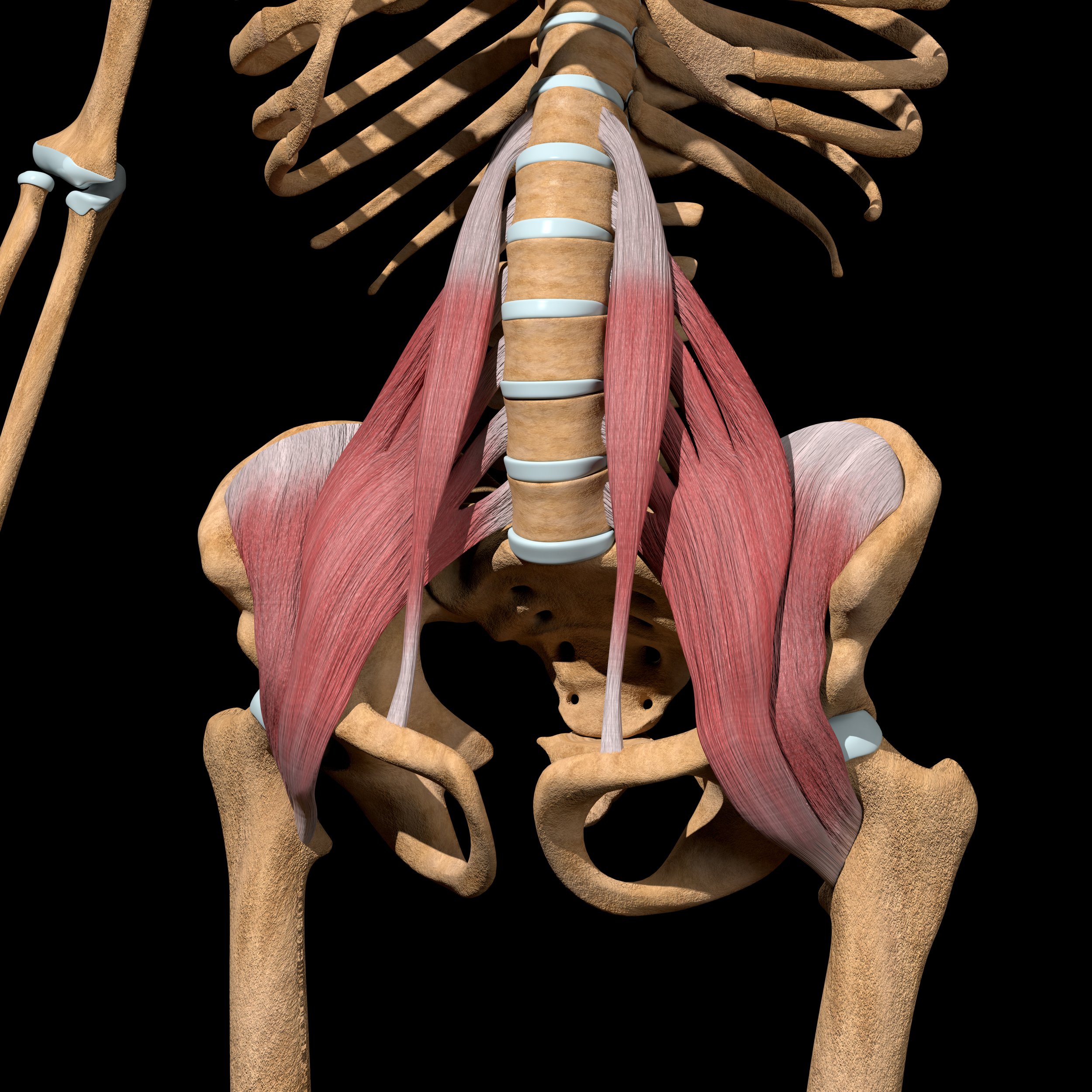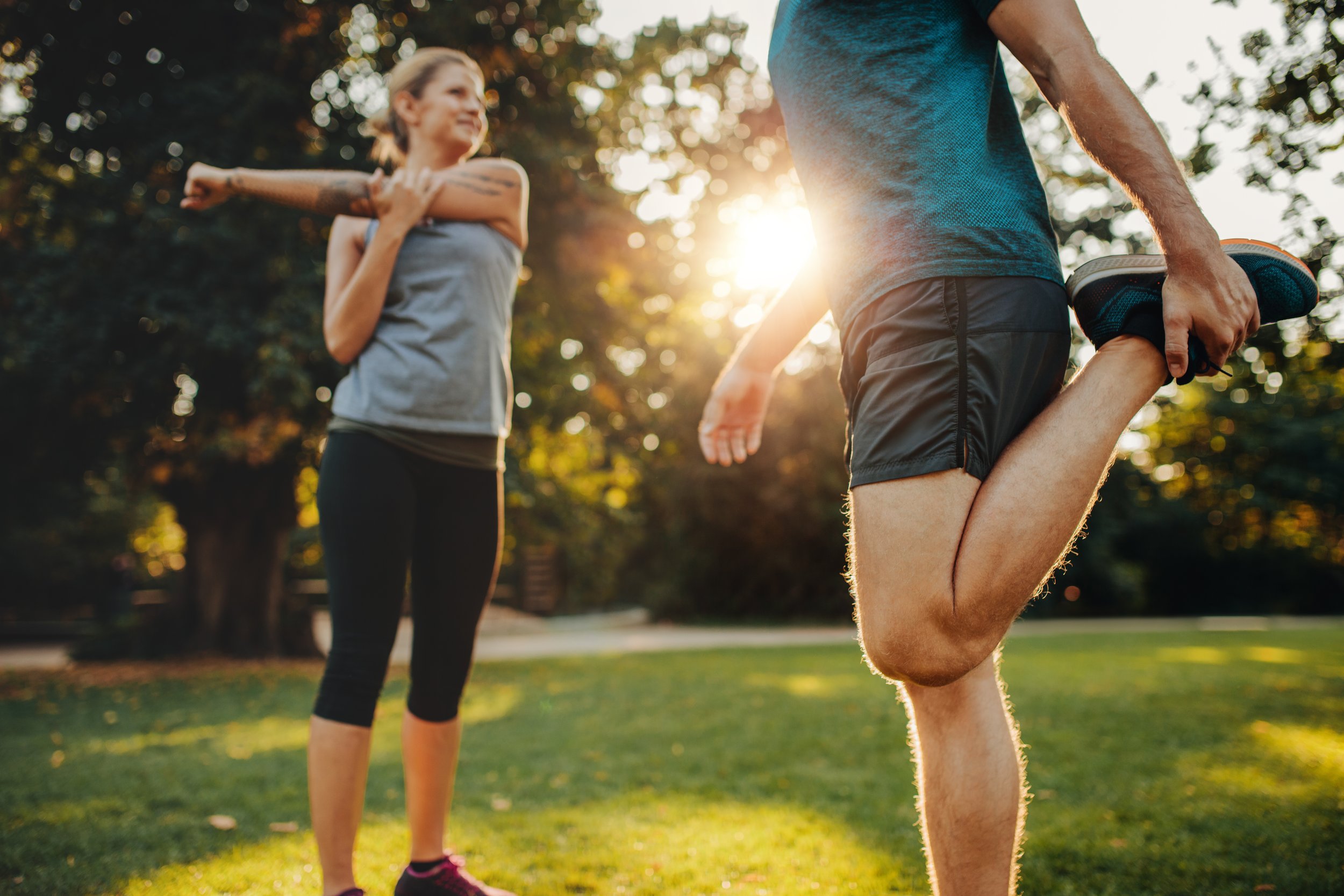Kheya McGill , Registered Kinesiologist, is back with another myth-busting blog! In part 3, Kheya reviews why stretching may not be the thing you need to get rid of tight muscles.
Most of the time when people are feeling stiff, tight or sore, their go-to response is to stretch. Now don’t get me wrong, stretching can be fantastic, but I’m here to explain to you why it may not be the answer to all your problems.
When we feel a muscle is “tight”, this could mean the muscle is shortened, lengthened or aggravated. Muscles can feel this way for a variety of reasons and may be related to an injury, overuse, posture or muscle weakness.
When a muscle is weak, it takes a lot more effort for the muscle to perform the job it is meant to do. This can end up with the muscle being habitually turned on and activated, leading to stiffness and pain. To put it simply, the muscle ends up being overworked as it is not strong enough to meet the demands of what you are asking it to do in your daily life. This can cause irritation to that muscle or put strain on the muscles around it which are having to work hard to compensate for that weak muscle.
When we stretch a muscle in this state, you may notice it feels better temporarily and you may even gain some range of motion. The problem is stretching is unlikely to get to the root cause of your problem.
Instead, that muscle may need to be strengthened.
When a muscle is stronger, it is easier for that muscle to move through a range of motion and control movements. You won’t need to rely on the supporting muscles as much and it won’t end up being activated all the time.
A good way to think about this is thinking about an orchestra. If you have a whole orchestra but you’re only relying on the 2 clarinet players to carry all the sound, these clarinet players are going to end up becoming extremely fatigued.
On the other hand, if you help all the other members of the orchestra practice their instrument so they can all contribute equally to the music being produced, the clarinet players are going to have some pressure taken off them and be able to relax more. This is the same thing that happens if you are relying too much on one muscle group and another group is not strong enough to support it. The muscle groups around will end up becoming exhausted which can lead to a feeling of tightness or soreness.
A Case Study - The Hip Flexor
A good example of a muscle this commonly happens to is the hip flexors. The hip flexors sit at the front of your hip and assist you in lifting your leg up towards your body (think about marching, or even just lifting your leg to take a step). When you sit down, your hip flexors are in a relaxed position. Over time they can become weak and learn to stay contracted in a shortened state, leading to the stiff or tight feeling.
If you are having a hard time picturing this, think about holding an elastic band stretched vertically in front of your hip, from below your belly button to the front of your thigh. When you stand up the band is stretched out and when you sit down the band has some slack. When we stretch our hip flexors it is likely to provide some temporary relief as you are pulling them out of that shortened state however it is likely they will return to this state shortly after.
In this scenario, I would suggest you work on strengthening the hip flexors, working them through their full range of motion. Helping this muscle become strong through the full range of motion typically leads to less feelings of tightness in your daily life.
So When Should I Stretch?
Well, this is a great question! Unfortunately, there is no clear answer - the opinions in the literature right now are still vast and strong. Stretching is a very controversial topic and there doesn’t seem to be a right answer. Personally, I like to start my workout with a dynamic warm up and some mobility exercises, and I save the last 5-10 minutes of my work out for cooling down with some stretches. If this works for you, then fantastic, but if you have a routine that seems to work well for you then continue with that!
In this blog, I hope you learned why sometimes “tight” feeling muscles may actually be weak and need strengthening, not stretching! If you have been stretching for a period of time and have not seen the results you are hoping for, give strengthening a try instead!
If you have questions or need help figuring out how to strengthen the muscles that are bugging you, be sure to book in with our registered kinesiologist for support.
Give us a call at (778) 630-8800, email us or book online to seek treatment from a physiotherapist or to work with a registered kinesiologist.












